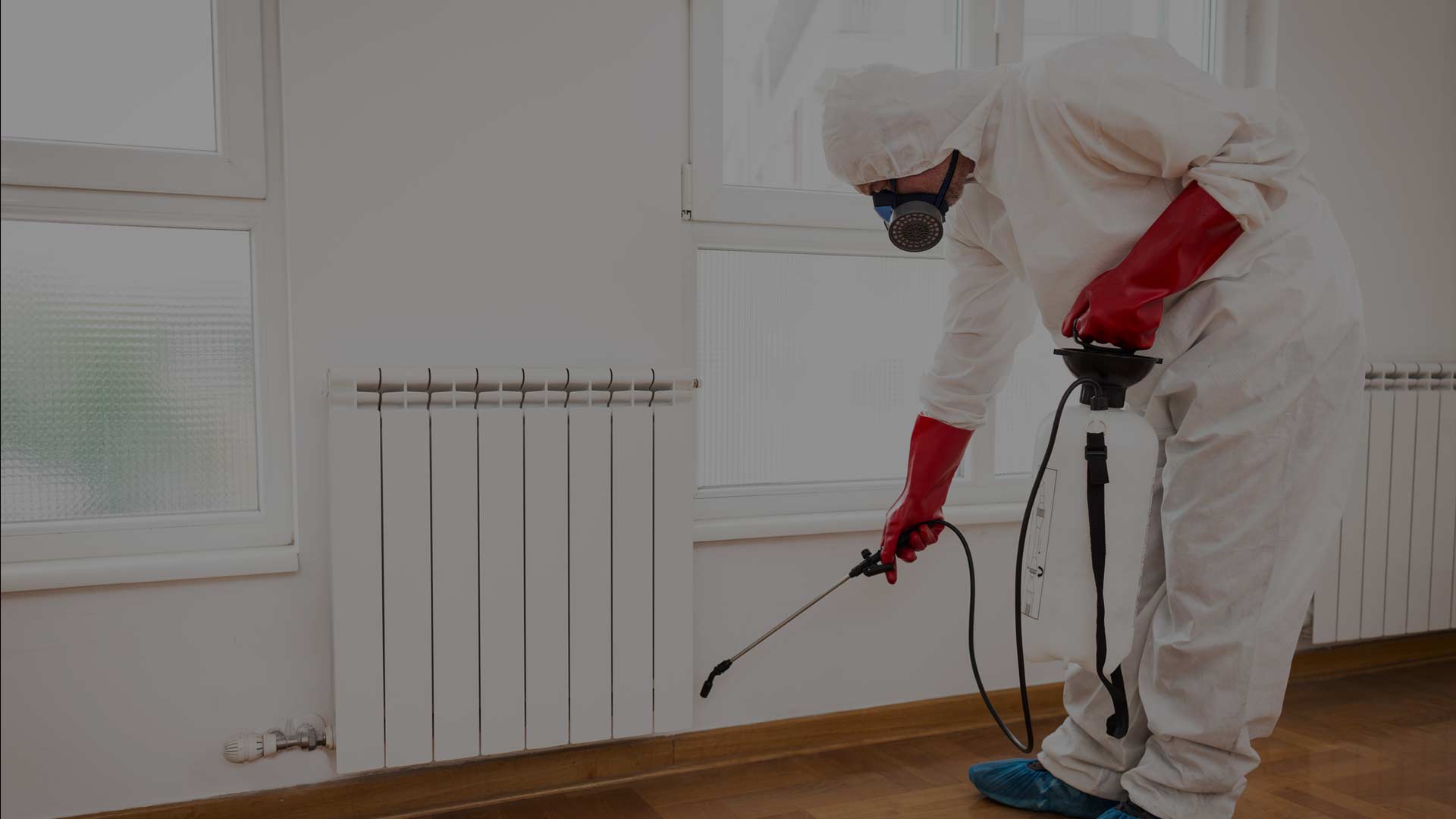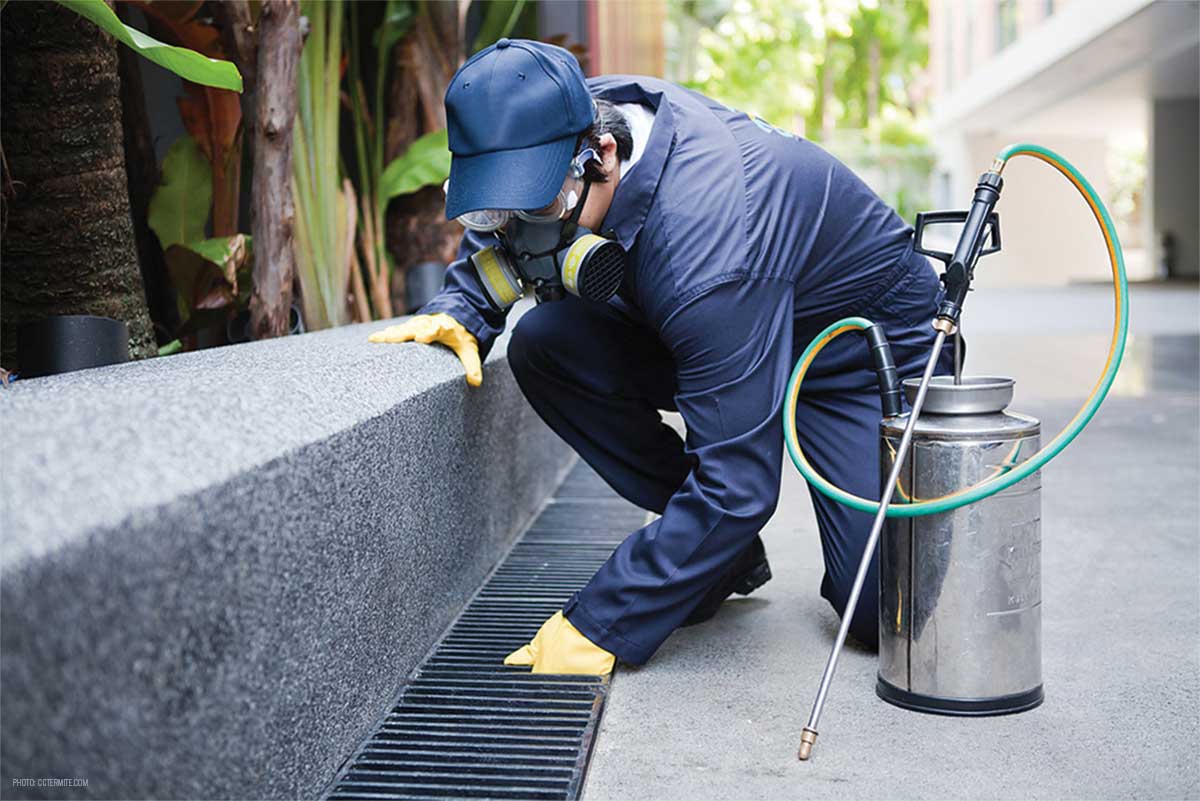Bed Bug Dog Detection: Detect Infestations Early for Satisfaction!
Bed Bug Dog Detection: Detect Infestations Early for Satisfaction!
Blog Article
Expert Pest Control Techniques for Long-Term Outcomes
In the realm of parasite control, attaining sustained efficiency and long-lasting outcomes needs a meticulous technique that transcends simple extermination. Expert pest control methods encapsulate a detailed strategy that starts with a complete evaluation and analysis, followed by specific pest recognition to understand their habits patterns. The application of Integrated Pest Administration (IPM) concepts, coupled with eco-conscious treatments, creates the cornerstone of sustainable parasite elimination. Nevertheless, real examination exists in the ongoing tracking and upkeep of the treated areas, making certain a pest-free environment for the near future. By diving right into the intricacies of these methods, a deeper understanding of professional bug control approaches for sustaining end results arises.
Inspection and Assessment
Upon entering a property for pest control solutions, the first step is a detailed assessment and analysis to recognize the level of the invasion and establish one of the most reliable treatment plan. Professional parasite control technicians are educated to diligently take a look at the facilities, looking for signs of parasite activity such as droppings, munch marks, nests, or any type of structural damages. They will certainly also examine the conditions that may be drawing in insects, such as food sources, water leakages, or entry factors.

Insect Recognition and Actions

In addition, recognizing the behavior of the determined bug is essential to executing efficient control procedures. Knowing where insects nest, what they feed on, and their activity patterns can aid pest control experts develop approaches to eliminate them efficiently. Some parasites might be nocturnal, while others are much more energetic throughout the day. This understanding allows for the application of therapies at ideal times for maximum performance.
Integrated Insect Monitoring (IPM)
Integrated Pest Administration (IPM) approaches integrate numerous techniques to manage and prevent bug problems in a sustainable and ecologically friendly way. exterminator near me. By incorporating methods such as organic control, environment manipulation, adjustment of social practices, and the usage of immune varieties, IPM aims to lessen the use of chemical pesticides
One of the crucial concepts of IPM is the emphasis on check my site prevention. This aggressive strategy involves tracking parasite populaces frequently to identify any type of prospective problems prior to they intensify. By determining bug issues at an early stage, pest control procedures can be applied promptly and effectively.
Furthermore, IPM promotes the use of non-toxic insect control approaches whenever feasible. This can consist of utilizing all-natural killers of the pests, presenting useful insects, or making use of pheromones to interfere with mating patterns. By reducing reliance on chemical pesticides, IPM not just safeguards the setting however additionally aids keep an equilibrium in the community.
Environmentally-Friendly Therapies
Applying Find Out More eco-conscious methods in bug control treatments can efficiently address infestations while focusing on ecological sustainability. Environmentally-friendly therapies concentrate on lessening the impact of insect control methods on environments, non-target microorganisms, and human wellness. These techniques commonly include using all-natural killers, such as ladybugs or nematodes, to manage pest populations, reducing the demand for chemical interventions. Additionally, strategies like habitat manipulation, such as readjusting wetness levels or removing food resources, can help hinder bugs without making use of harmful materials.
One more trick element of environmentally-friendly therapies is the use of natural and naturally degradable products that damage down quickly without leaving damaging deposits in the environment. Organic insecticides stemmed from plants like chrysanthemums or neem supply effective parasite control while posing very little threat to non-target species. Moreover, using methods like warm therapies or pheromone traps can target details pests with precision, minimizing the total environmental effect of parasite control practices.
Recurring Surveillance and Upkeep
Regular security and maintenance are essential components of efficient pest control administration. Continuous tracking plays a crucial role in ensuring that insect invasions are found very early and managed promptly. Regular inspections by trained professionals are necessary to recognize any kind of indicators of bug task, evaluate the performance of previous treatments, and make adjustments to the insect control plan as required. By keeping track of pest populaces over time, insect control specialists can track patterns, prepare for potential concerns, and apply preventive procedures to reduce the risk of future problems.
Along with surveillance, upkeep practices are important for lasting parasite control success. This includes carrying out proper sanitation procedures to remove possible food and water resources for pests, sealing off entrance factors to protect against insects from entering the premises, and attending to any kind of architectural concerns that can facilitate pest infestations (bed bug dog). By incorporating ongoing monitoring and maintenance into an integrated pest monitoring strategy, businesses can ensure a termite removal service pest-free environment and safeguard their residential property versus expensive damage and health risks
Conclusion
To conclude, making use of specialist insect control techniques such as extensive evaluation and assessment, accurate parasite recognition and understanding of their habits, integrated parasite monitoring methods, environmentally-friendly therapies, and ongoing surveillance and upkeep are vital for accomplishing long-term lead to insect control. By implementing these approaches, people can successfully handle pest problems and preserve a pest-free environment in a lasting manner.
Report this page